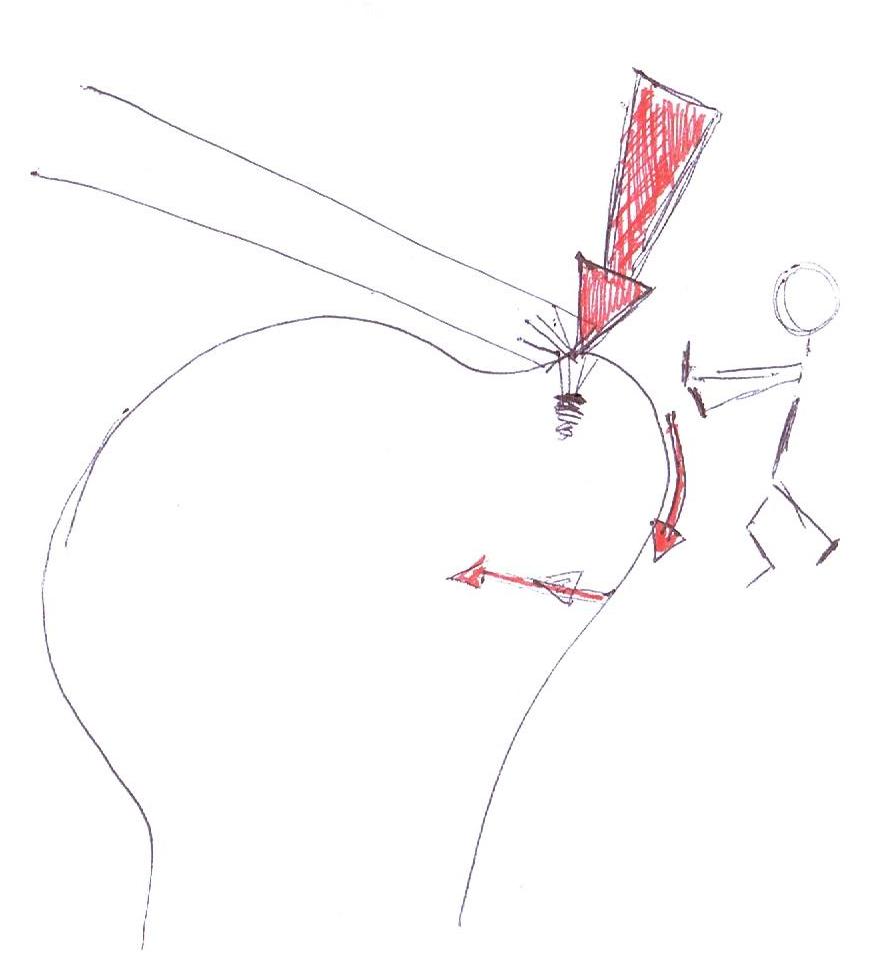- Single Row Technique:
- one row of anchors is placed in the greater tuberosity usually lateral to the rotator cuff footprint
- references:
- Comparative Analysis of Single-Row Versus Double-Row Repair of Rotator Cuff Tears
- Arthroscopic Transosseous Rotator Cuff Repair
- Arthroscopic Rotator Cuff Repair Using a Tension Band Suture Technique
- Biomechanical comparison of double-row versus transtendon single-row suture anchor technique for repair of the grade III partial articular-sided rotator cuff tears.
- In situ transtendon repair outperforms tear completion and repair for partial articular-sided supraspinatus tendon tears
- Biomechanical analysis of a knotless transtendon interimplant mattress repair for partial-thickness articular-sided rotator cuff tears
- Prospective randomized clinical trial of single- versus double-row suture anchor repair in 2- to 4-cm rotator cuff tears: clinical and magnetic resonance imaging results.
- Double Row Technique:
- one row of anchors are placed at the articular margin and the second row is placed lateral to the footprint
- transosseous equivalent
- one row of anchors is placed at the articular margin then laid down on top of the rotator cuff and secured
to a lateral row of anchors;
- differs from double row in that one set of common sutures is shared between the two rows of anchors and
it acts to compress the rotator cuff on the native footprint rather than “spot weld”.
- references:
- Knotless rotator cuff repair in an external rotation model: the importance of medial-row horizontal mattress sutures.
- Arthroscopic double-row and "transosseous-equivalent" rotator cuff repair.
- Meta-analysis comparing single-row and double-row repair techniques in the arthroscopic treatment of rotator cuff tears.
- supplemental medial knots:
- references:
- Comparison of mechanical stability in double-row rotator cuff repairs between a knotless transtendon construct versus the addition of medial knots.
- Knotless rotator cuff repair in an external rotation model: the importance of medial-row horizontal mattress sutures.
- Author's Preferred Technique:
- uses a shuttle passer, Mitek Helix, and Versalok anchor;
- Helix anchor is placed into the medial footprint;
- use a suture passer to shuttle one blue suture 2 cm superior and about 15 mm anterior to the anchor (shuttle out the anterior cannula).
- use a suture passer to shuttle one green suture 2 cm superior and about 15 mm posterior to the anchor. (shuttle out the anterior cannula)
- with green and blue sutures passed out of the anterior cannula, tie them together using an anchor knot;
- pull the green and blue sutures that remain out of the lateral portal (ensure that the knotted end is tight against the cuff);
- tension on the sutures shoud compress the footprint;
- use the shuttle passer to pass both the green and blue sutures (together) thru the cuff immediately superior to anchor about 5 mm superior to
the previous knotted repair (pull out the anterior portal);
- use the shuttle passer to pass the two sutures thru the inferior aspect of the foot print and out the lateral portal;
- tension and lock using a Versalok as a lateral row;
- as the cuff is tensioned, the surgeon should visualize tensioning of the sutures without lateralization of the cuff;
- Alternative Techniques:
- "belt and suspenders techique" - when the belt tightens, the suspenders tighten too.
- involves insertion of mitke helix anchor at the foot print;
- one green and one blue suture are passed upwards through the cuff tear (expresso suture passer);
- these are brought out the lateral cannula tied together, and then the un-tied green and blue sutures are tensioned which brings the knot over cuff tear (this is the belt or the transverse limb);
- remaining untied sutures are brought up through the cuff on either side of the transverse limb, and are then passed through a versalock anchor which forms the lateral sided fixation; (these form the suspenders)
- when the versalok is tensioned, not only are the suspenders tensioned but also the belt is tensioned;
- references:
- Humeral head osteonecrosis following arthroscopic rotator cuff repair.
- Early pullout of lateral row knotless anchor in rotator cuff repair
- Impingement syndrome of the shoulder following double row suture anchor technique for arthroscopic rotator cuff repair: a case report
- Double Row Cuff Repair A review of the literature
- Medial Rotator Cuff Failure After Arthroscopic Double-Row Rotator Cuff Repair
- Arthroscopic Triple-Row Rotator Cuff Repair: A Modified Suture-Bridge Technique
- Impingement syndrome of the shoulder following double row suture anchor technique for arthroscopic rotator cuff repair: a case report
- Factors affecting healing rates after arthroscopic double-row rotator cuff repair
- Comparison of Repair Integrity and Functional Outcomes for 3 Arthroscopic Suture Bridge Rotator Cuff Repair Techniques


